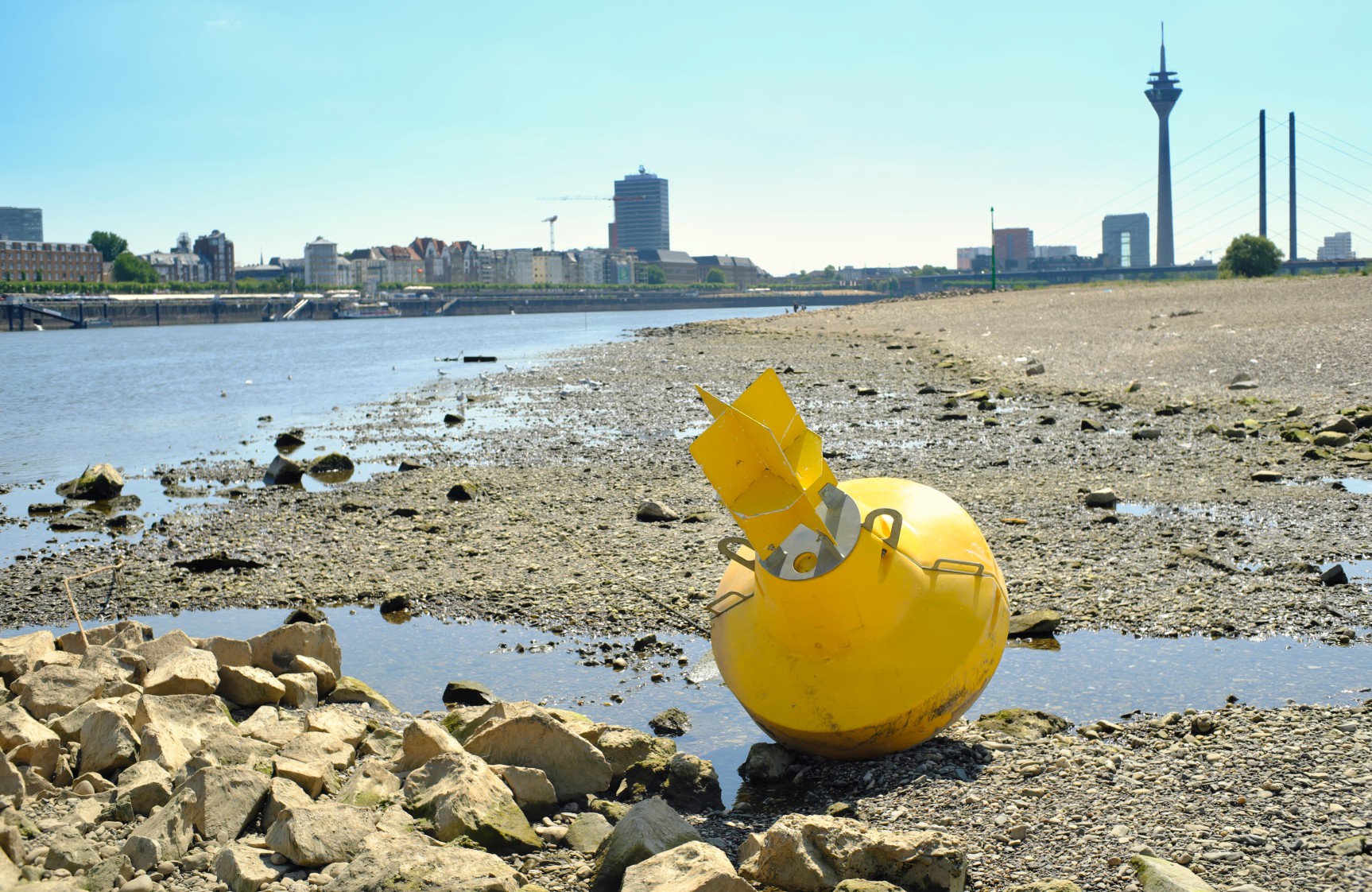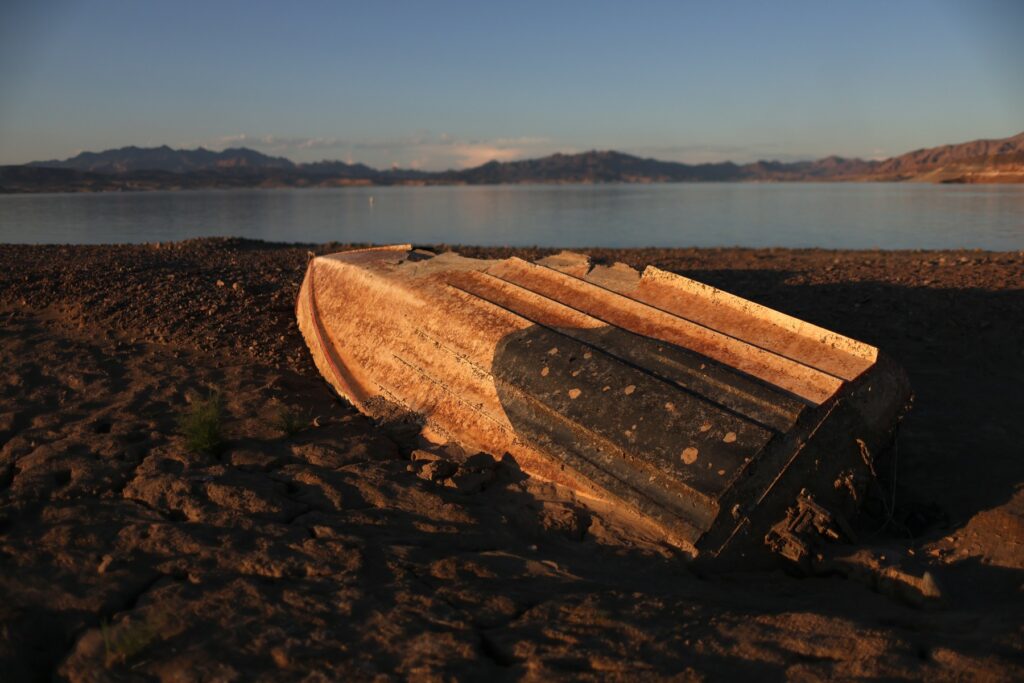
Heavy Rain, Flooding, and Chance of Severe Weather Staring Down the Southern U.S.
January 22, 2024
Posted: August 27, 2022 3:01 am





Climate Changes Dry Up the Rivers that Nurtured Civilization
Climate change continues to generate disturbing trends that could prove life-threatening or change the way people live. Heat waves and wildfires increase as some of the results of global warming. Perhaps more significant over the long-term outlook, the world’s most important rivers are drying up in the summer of 2023.
The rivers at-risk of drying up or falling to low levels include rivers in the United States and Europe’s Cradle of Civilization. Although considered to be the Tigris, Euphrates and Nile Rivers, other rivers certainly nurtured civilization including the Rhine, Loire, Po, Rhône and Garonne. More importantly, all these rivers play crucial roles in today’s economy and the well-being of citizens of Europe.
The United States has problems generated by global warming that include drops in the levels of the Rio Grande, Arkansas, Pecos, Canadian, Sacramento, Colorado, Brazos and Red Rivers. Lake Mead of Nevada and Arizona, Lake Walker of Nevada and the Great Salt Lake and Bear River of Utah also raise big concerns — especially about the Hoover Dam, which was originally considered a marvel of engineering skill and America’s can-do attitude.
If America doesn’t develop a similar commitment to water conservation and sustainable technologies, the irony is that nature might reclaim its supremacy based on humanity’s carelessness and unwillingness to pursue sustainable practices. Great engineering marvels like the Hoover Dam might become ruins.
The Rio Grande River claims importance by its service as the official border between the United States and Mexico in most areas. However, in an ultimate way, the river provides water for drinking, transportation, recreation and agriculture throughout parts of New Mexico, Nevada, Arizona, Colorado and Utah.
The river ranks as the fifth longest in North America and covers a watershed of 335,000 square miles. Originating in the Rocky Mountains, The Rio Grande River empties in the Gulf Of Mexico. Recent drying out of the river and surrounding grasslands resulted in a wildfire breaking out on the river’s banks and jumping to an island and completing the passage to the opposite bank before being brought under control.
Confirmation of the water level dropping becomes easier by simply studying photos from space satellites that easily show the reduced footprint of the river and confirms the drop in lake levels of Lake Mead and its reservoir, Satellite photography also confirms the lake is now at its lowest level in 22 years based on the long-term megadrought that has affected the lake since its completion in the 1930s.

The reservoir’s level is so low that official mandates for water releases to Arizona, Nevada and Mexico have been granted in 2022 to continue providing essential electric power and water for drinking. The first water shortage was declared as a necessary step in the official mandate, which might drain the lake even faster unless there is significant drought relief. The lake’s current level was recorded at 1,071.48 feet as of June 2021, and this past summer has dropped the level even farther.
Satellite imagery shows before-and-after photos that readily confirm the water’s recession at an alarming rate. The images show visual evidence that water sources are thinning, and the lake itself features images similar to bathtub rings that are lighter in color than areas that haven’t been exposed to the atmosphere for decades or centuries.
Satellite views show evidence that the drop in water level of the Rhine River has fallen dramatically. The Rhine has been historically known as Europe’s second largest river, but drops in the water level is making the traditional use of the waterway for river cruises problematic. Even smaller boats than cruise ships now risk sustaining hull damage and running aground.
Just when tourists began to accept it safe to travel after Covid-19, Europe faces another cataclysm — rivers and lakes drying up and possibly ending river cruises entirely. About 63% of Europe faces drought conditions in the summer of 2022, and the devastating effects include interruptions and slowdowns in transportation, shipping, recreational water use and tourism.
German officials warn of compiling crisis conditions based on possible closure of major waterways and increased instances of voluntary cancellations based on the difficulties of transporting coal, gasoline and oil. Germany relies more heavily on inland transportation to keep its factories running normally than other European countries. The transportation difficulties caused by drought conditions have placed Germany in the middle of an energy crisis caused by a lack of transportation instead of a shortage of resources.
You might recall “Bugs Bunny” cartoons in which the rabbit emerges from underground tunneling and exclaims, “I must have made a wrong turn at Albuquerque!” That might well describe the experience of someone visiting the area and expecting to view the glorious Rio Grande.
Data published at gizmodo.com.au reveals startling evidence that the great river might dry up. Usually having plenty of water despite years of drought conditions, Rio Grande data from the summer of 2022 reveal that the river only passed 20.2 cubic feet of water per second. That compares to a normal flow of 965 cubic feet per second.
The incredibly hot days in July of 2022, coupled with long-term drought conditions, have resulted in bare spots and puddles on the riverbed that makes the Rio Grande appear like a muddy creek that only runs occasionally. About 85% of the Albuquerque area suffers from prolonged drought conditions, and New Mexico also suffers from tremendous damages caused by wildfires.
New Mexico might benefit at another time by using upstream reserves, but one of the major reservoirs is still being constructed, and others have low water levels and contractual obligations to share river water with Texas during a time of drought-driven crises. The prolonged drought also means bad news for Albuquerque farmers who use the river’s water for crop irrigation.
The Rio Grande has suffered from drought conditions before, and usually, the water level rises in a year or two. However, the current crisis has been aggravated by increased global warming and years of water mismanagement and even political considerations.
Managing heat and conserving water are wake-up calls for the world’s population. Rivers like the RioGrande and Rhine are drying up. Longer and more intensive heat waves have become increasingly common climate-based problems, and governments, activists and regular citizens must recognize the problems and initiate conservation efforts.

January 21, 2024

January 19, 2024

January 18, 2024